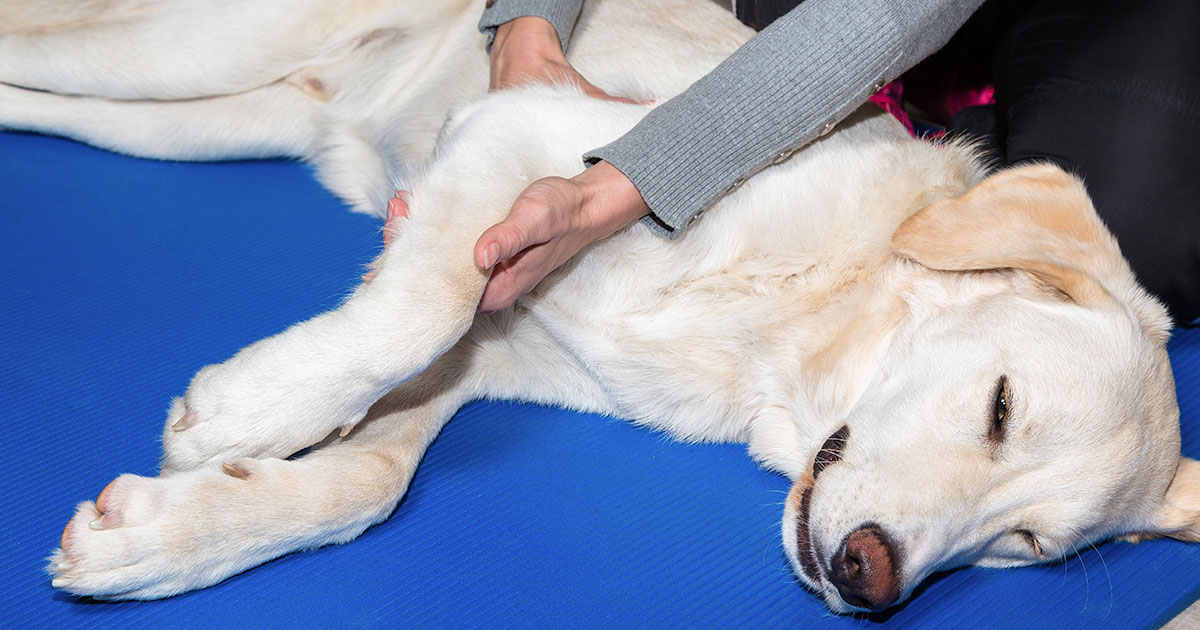Alternative medicine, such as massage and reflexology, doesn’t just have health benefits for humans—these practices can also benefit your dog, too! The best part is, you don’t need any certificate or training to massage your pooch. Below, you will find some benefits and tips on how to properly massage your dog and how it can help him feel like his best self.
How Can Canine Massage Therapy & Reflexology Help My Dog?
Canine massage therapy can not only improve your pup’s physical health but his emotional well being, too. Massages are especially beneficial for dogs that suffer from anxiety, nervousness, and hyperactivity. Some benefits of regular massage therapy include:
- Increased relaxation
- Improved flexibility
- Relief from muscle soreness, tension, and spasms
- Increased oxygenation of the blood and circulation
- Improved immunity
- Reduced arthritis and hip dysplasia pain
- Pain relief from age-related issues
- Bonding and reduced emotional distress
Reflexology, such as foot manipulation and pressure point work can help soothe and refresh your dog as well. Just 10 minutes of massage or reflexology a day can help your dog stay healthy and relaxed, and you both get the added benefit of bonding time!
How Do I Properly Massage My Dog?
While canine massage therapists and reflexologists exist, you can easily learn some simple ways to massage Fido yourself.
When massaging your dog, start with a flat palm and gently rest your hand on your dog’s head or neck and make long, slow strokes down his spine to his tail—make sure to not press down on your dog’s lower back, which can aggravate or create spinal or hip problems. Repeat this “petting” process several times, and gradually move on to other muscle groups, such as his neck or shoulders.
When practicing reflexology on your pup, mild pressure is key. You can try gently pressing or rubbing in small circles on different areas of your dog’s paw to provide relief. For example, the solar plexus pressure point, located under the middle of the large footpad, can help calm your dog. If your dog doesn’t like his paws being touched, you can also practice this method on his ears—particularly the tips. Dogs have many nerve endings in their ears, and when rubbed, can release endorphins to promote relaxation.
As you practice massage and reflexology on your dog, keep close watch of your pooch’s reactions when you gently increase pressure or move to different areas to ensure the pressure is not too hard or uncomfortable. Also, take note of the areas that he seems to enjoy most and focus your attention there. And remember to remain gentle!
Important Notes About Canine Massage and Reflexology
While these alternative therapies may promote self-healing and relaxation, they can not cure any illness or disease. It is important to take your dog to his regular veterinary appointments and follow your vet’s advice when dealing with medical issues.
The biggest downside of massage and reflexology is your dog may not enjoy it, and that’s okay! If your dog shows any discomfort, anxiety, or resistance, these therapies may not be for him.
As you practice these methods, you can learn to read your dog’s reactions and further bond with your best friend.

